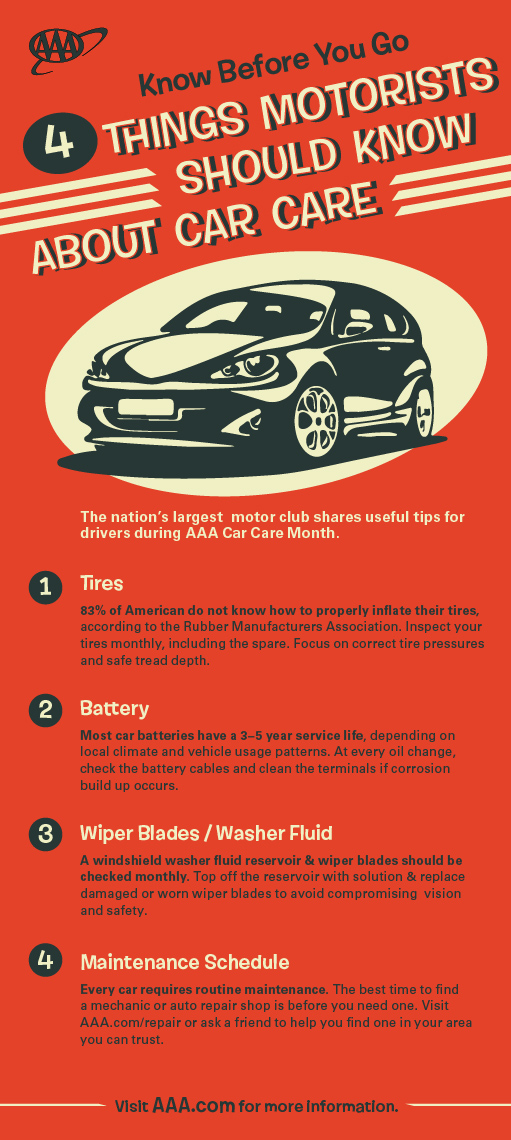Yet What About Those Spongy Brake Pedals? Obtain The Response Listed Below!
Yet What About Those Spongy Brake Pedals? Obtain The Response Listed Below!
Blog Article
Written By-Jansen Ross
When it concerns your automobile's brake system, recognizing usual issues can conserve you from prospective safety and security dangers. From determining brake pad wear to dealing with brake liquid leaks, understanding exactly how to take on these issues is essential. But what regarding those squishy brake pedals? There's a solution for that as well. Keep tuned to get more information about these issues and the sensible services that can keep you safely on the road.
Brake Pad Put On and Substitute
When it comes to preserving your vehicle's brake system, one essential facet to keep an eye on is the wear and substitute of brake pads. Brake pads are important parts that press against the brake blades to slow down or stop your vehicle. Over time, these pads wear down as a result of friction, calling for normal inspection and replacement to guarantee your brakes operate effectively.
To establish if your brake pads need substitute, listen for shrilling or grinding noises when you use the brakes. Furthermore, if your automobile takes longer to quit or you see resonances or pulsations when braking, it might be time to change the brake pads.
Disregarding worn brake pads can bring about reduced braking performance, damages to other brake components, and even brake failure.
Changing brake pads is a fairly uncomplicated process for lots of vehicles. Nonetheless, if you're uncertain or awkward executing this task, it's finest to speak with an expert auto mechanic to make certain appropriate setup and ideal brake efficiency.
Routinely examining and changing brake pads is important for your safety and the long life of your car's stopping system.
Brake Fluid Leaks and Upkeep
To guarantee your automobile's brake system functions optimally, it's important to additionally focus on brake liquid leakages and upkeep. https://brake-repair-near-me62862.blog-kids.com/29449837/referrals-for-looking-for-a-trustworthy-auto-mechanic-effective-tips-and-guidance is important for sending the force from your foot on the brake pedal to the real braking device. One common concern with brake liquid is leakages, which can take place due to tatty brake lines, seals, or links. If you discover a puddle or trickles under your car, it's necessary to attend to the leakage without delay to stop a potential brake failing.
On a regular basis examining your brake fluid degree is essential to preserving your brake system. Reduced brake fluid can cause air getting in the brake lines, which jeopardizes stopping performance.
Furthermore, old or contaminated brake fluid can affect the general efficiency of your brakes. It's recommended to follow the manufacturer's guidelines on when to transform the brake liquid, normally every 2 years.
Spongy Brake Pedal: Blood Loss Brakes
If you've ever experienced a spongy brake pedal while driving, you comprehend the value of keeping a firm and responsive braking system. car ac compressor repair shop near me of a squishy brake pedal is air trapped in the brake lines. When air enters the brake system, it can result in a loss of hydraulic stress, resulting in that upsetting squishy feeling when you press the brake pedal.
To fix this problem, bleeding the brakes is required. Hemorrhaging the brakes entails getting rid of the air from the brake lines to bring back correct hydraulic pressure.
To https://ecutunenearme72838.slypage.com/29783301/secure-your-seatbelt-as-we-check-out-the-future-of-grease-monkey-where-arising-fads-are-transforming-the-industry-distort-up-for-a-wild-adventure , you'll require an assistant to aid you. Start by locating the brake bleeder shutoff on each wheel, generally found near the brake caliper. With a wrench, loosen up the valve and have your helper press the brake pedal while you observe any kind of air bubbles coming out. Repeat this process for each wheel, beginning with the wheel farthest from the master cyndrical tube and relocating more detailed.
Once you no longer see air bubbles and only clear fluid emerges, tighten up the valve and top up the brake liquid reservoir as needed. Hemorrhaging the brakes aids guarantee a firm brake pedal and enhances overall stopping efficiency.
Final thought
Now that you understand common brake problems and exactly how to fix them, you can ensure your car's safety and efficiency. Remember to pay attention for indication like shrilling noises or squishy brake pedals, and address them immediately. Normal upkeep and prompt replacements are vital to maintaining your brakes in leading problem. Remain proactive and mindful to your brake system to take pleasure in safe and trusted driving experiences.
